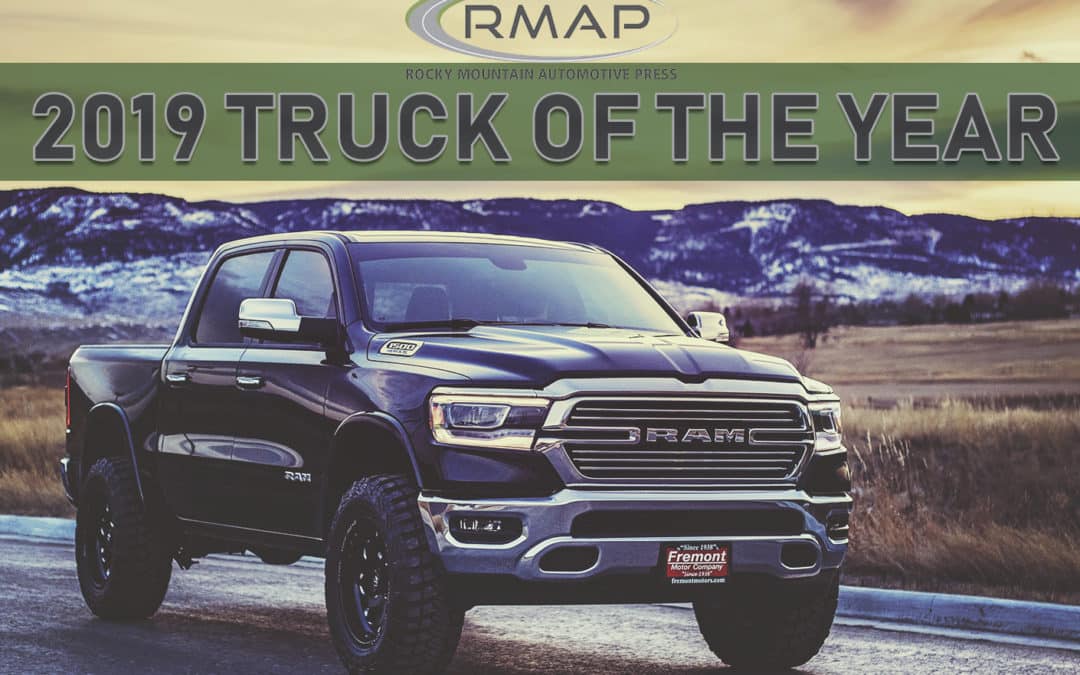
2019 RAM 1500 Wins RMAP Truck of the Year Award
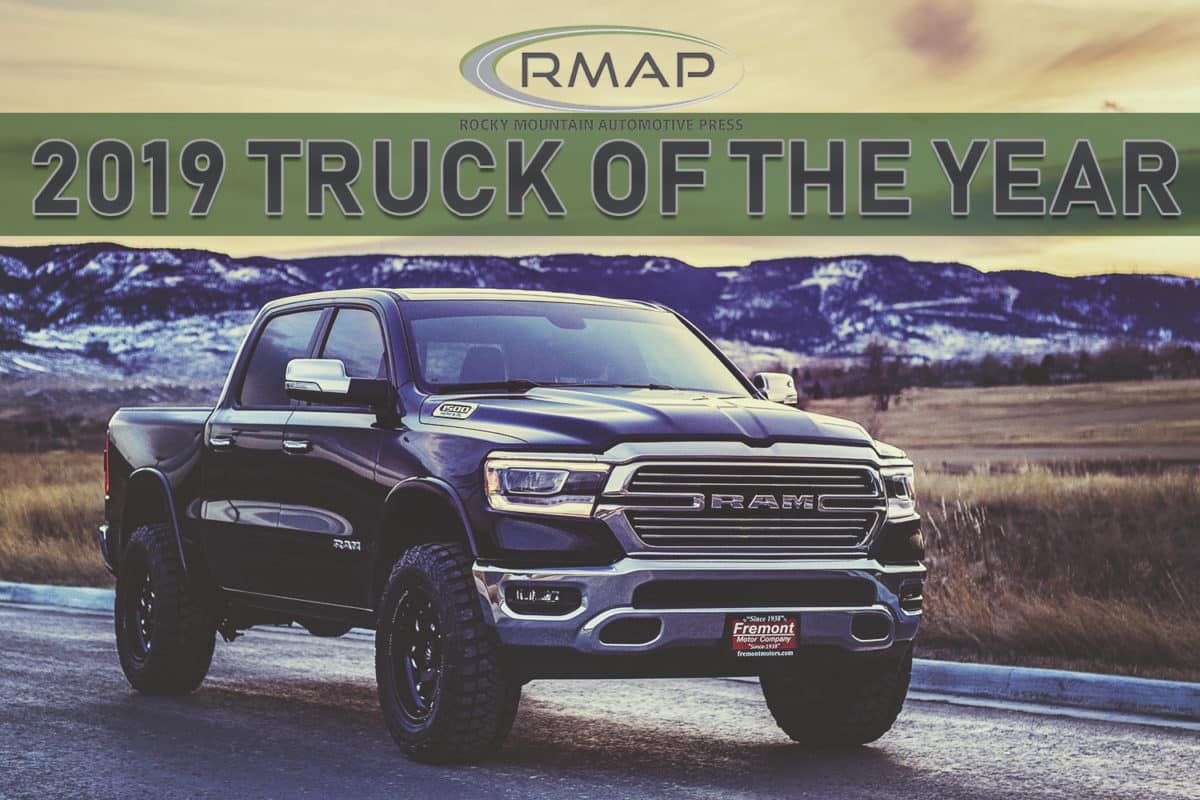


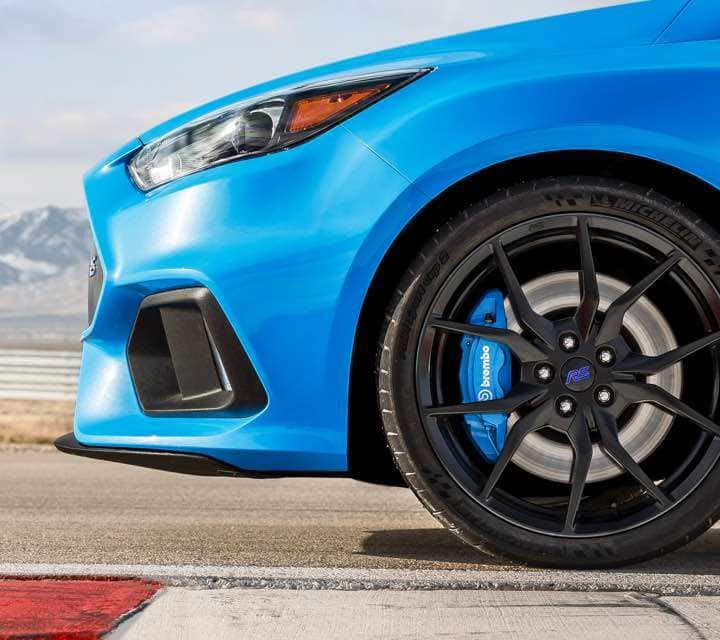
Every year motorists around the country are required to get their vehicles inspected, which includes periodic safety inspections of things like brakes. Here in Wyoming vehicle owners are NOT required to obtain state brake inspections, so it’s important to check your brakes regularly.
A good rule of thumb is to get the brakes inspected every year.

In the scheme of things brakes almost go unnoticed, until you really need them and play a significant role in bringing your vehicle to a halt.
During your day to day commutes, several tell-tale signs warn you that you may need to get your brakes checked.
Here are the Seven Signs You May Need To Get Your Vehicle’s Brakes Checked.
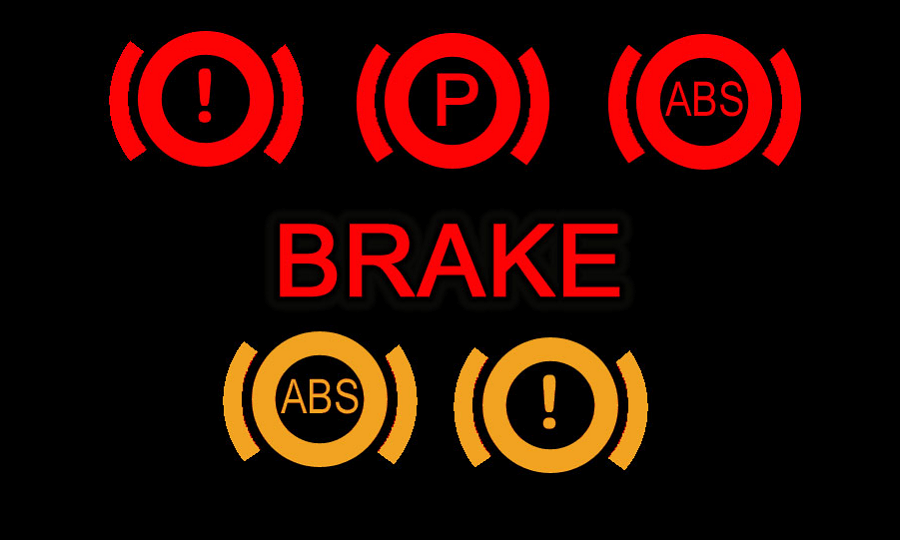
Brake warning lights are the easiest and most efficient way to get information about your brakes. Once the vehicle onboard diagnostic system notices something isn’t right, a warning brake light will display.
If a brake warning light does illuminate, refer to your owners manual for instructions on what to do. When a brake issue occurs, you may need to bring the vehicle to see a qualified mechanic.
Note: When in doubt – Get a professional to look over your brakes by going to your dealership or a brake specialist.
When your vehicle starts to make unusual noises while driving it is a clear sign that your car needs an inspection.
Worn out brakes will often make shutter noises or squeals when the brakes are applied. Usually, these noises have to do with brake pads hitting the rotors at irregular intervals.
Continuing to drive with bad brakes can cause severe damage to the rotors as well as create safety issues.
When you hear a high pitch noise, get your brakes checked right away to avoid severe damage.
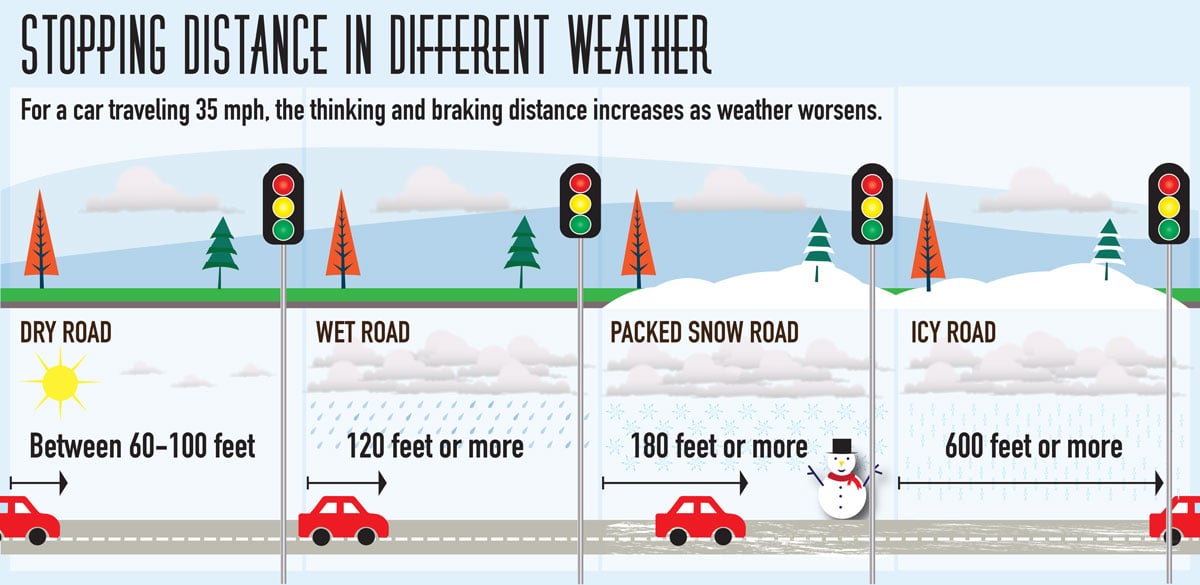
In cases where your car takes longer than usual to stop, you may need to consider getting your brakes checked by a professional.
When pressing down on your brakes, if it takes longer than average to stop or come to an immediate halt, you may have a brake problem.
Be aware that changing temperatures and precipitation can significantly
Brakes are supposed to bring a car to a halt in a straight line rather than making the car weave or swerve to one side. If you experience a vehicle swerving or weaving when trying to stop, pull over to a safe area and call for a tow truck.
In most cases, the brakes are being applied unevenly to one side of the vehicle or wheel. It’s a sure sign you need to get your brakes serviced right away.
If you notice your brake pedal feels a little off, it might not be your imagination. Over time, like any other vehicle part, brakes get worn and at some point need to be replaced.
Changes in brake pressure is usually a sign that the brake pads might be wearing out.
As always, when in doubt, get the brakes
If you experience vibrations at any point when applying brakes, you need to get your brakes inspected.
Frequently vibrations are caused by disc/rotor or drum surface issues. A simple check by a competent mechanic should be able to determine the problem.

A simple yet clear sign of brake issues is leaking or low brake fluid. If you find that there are wet or moist spots left by your car, you may have a fluid leak. Brake fluid tends to look greyish or clear in color and has an oily feel to it, sort of like cooking oil.
One easy method to test for a leak is to place cardboard under the engine overnight and in the morning check for any oily substances. If there is, it could be an oil leak or brake fluid. In any case, it would be wise to get the vehicle inspected.
Besides all the above getting your brakes replaced on time and according to schedule maintenance is the best way to avoid potential brake issues down the road.


We interviewed Greg Legerski to find out a little more about him.
“I am a Sales and Leasing Consultant at Fremont Toyota Sheridan.”
“Born and raised in Sheridan, Wyoming and have lived here for over 30 years.”
“I have been in the auto industry for just under a year.”
“My favorite part of my job is to capture people’s excitement. To see their faces light up when they get to drive their new vehicle home from Fremont Motor Sheridan Toyota.”
“My biggest achievement is being the best father that I can be to my wonderful 7-year-old daughter.”
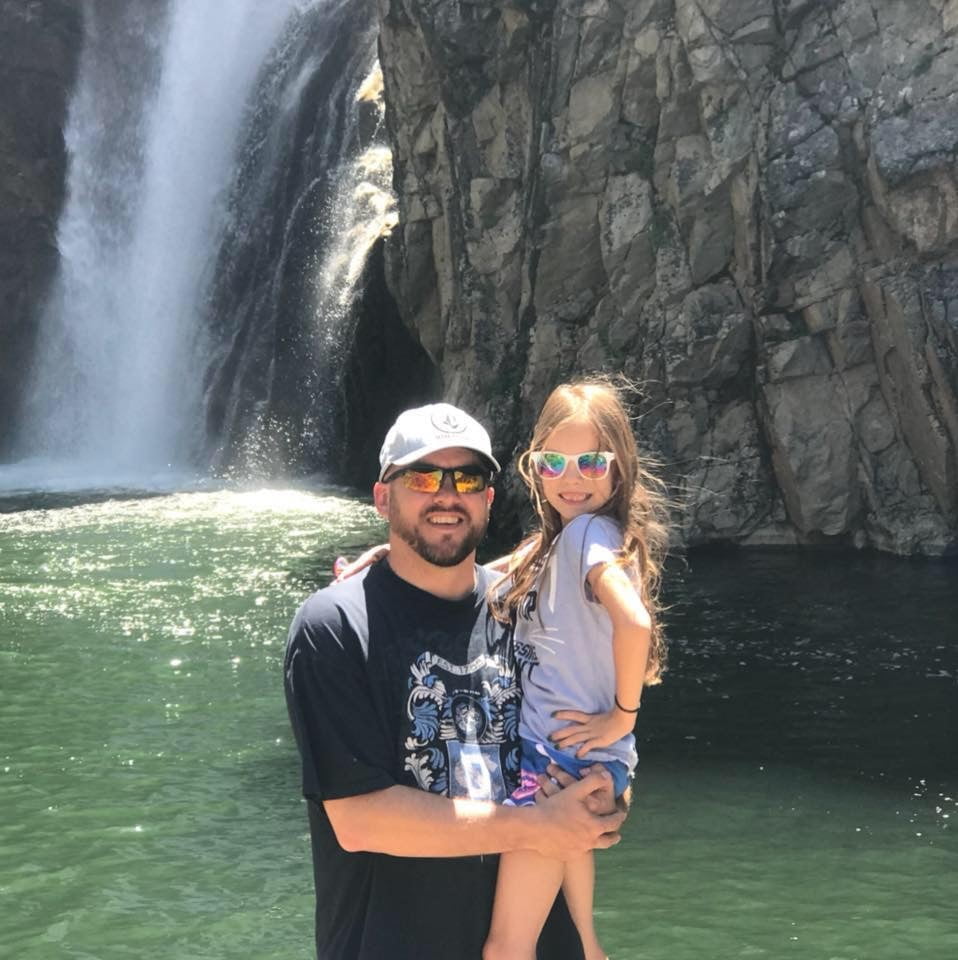
“When I was a child, I dreamed of becoming a major league baseball player.”
“In my free time, I enjoy all sorts of sports including golf, tennis, basketball, and bowling. I also enjoy spending as much time as I can with my daughter.”
“I literally like every genre of music except for death metal. My music collection is quite diverse.”
Greg says, “My favorite food is a filet mignon with lobster tail.”
“It would have to be “well, that’s just like… your opinion, man” from the Big Lebowski.”
“I have always been a huge fan of Roger Federer. Such a gentleman of a champion, and such a great sport. Not to mention the greatest tennis player in history. Plus, he seems to have a happy life completely figured out, with a wonderful wife and two different sets of identical twins.”
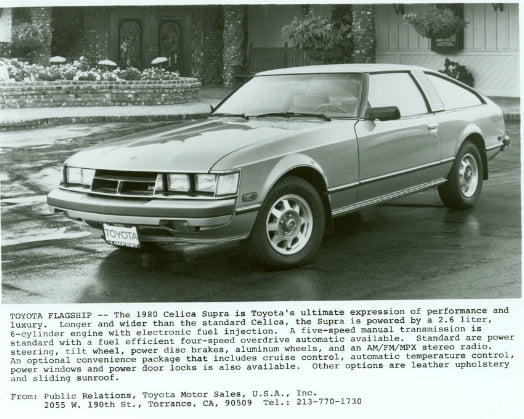
“My first car was a 1980 Toyota Celica hatchback coupe. Five-speed manual. Rear wheel drive. My friends nicknamed it Whiplash, for when I was struggling to learn how to drive it.”
“My dream car has always been a Ferrari 550 Maranello.”

If you’d like to get in touch with Greg Legerski, you can reach him at (307) 206-2595 or email him.
Further reading;
Toyota Corolla Named Rocky Mountain Automotive Car of the Year 2020

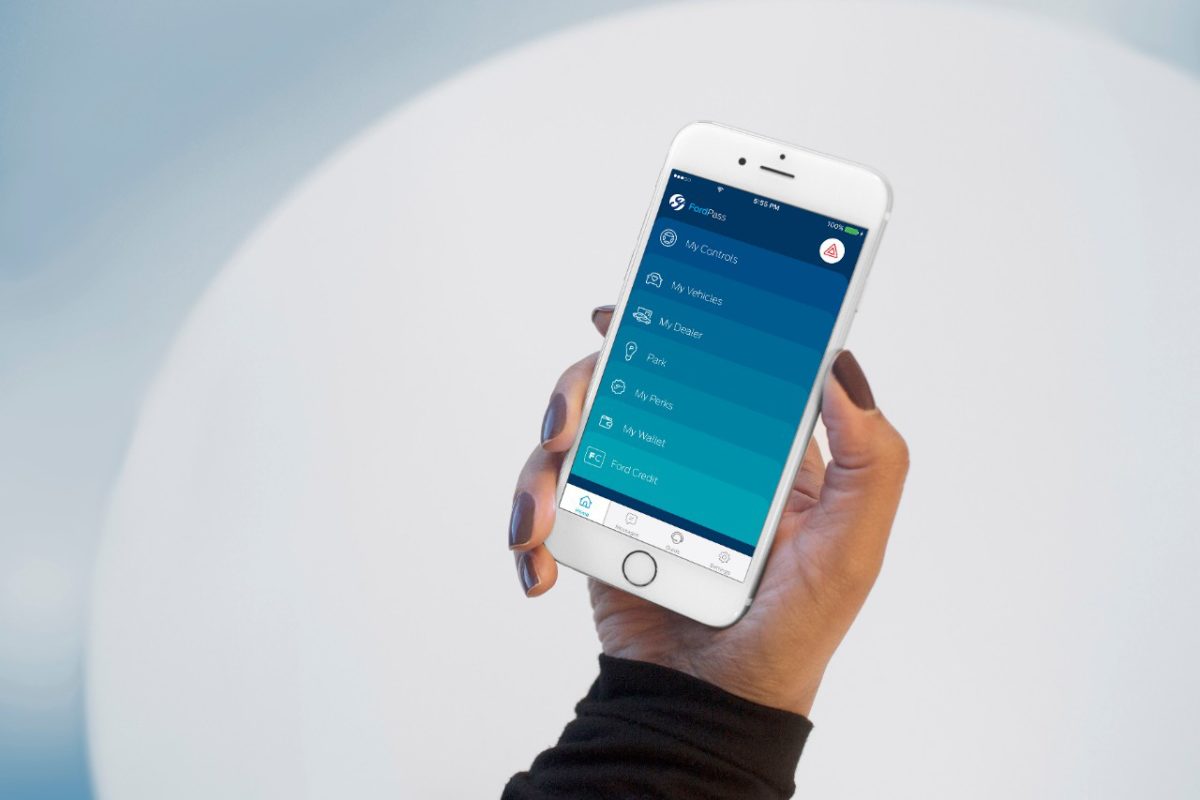
FordPass is a smartphone app which allows a lot of extra features, and information on the vehicle. It’s almost comparable to a reduced size owners manual but better and more interactive. There are also badges to earn and perks to be had.
The FordPass App is free and can be downloaded onto your smartphone. For iPhone users find the FordPass app in the Apple App store. Also compatible with Apple Watch.
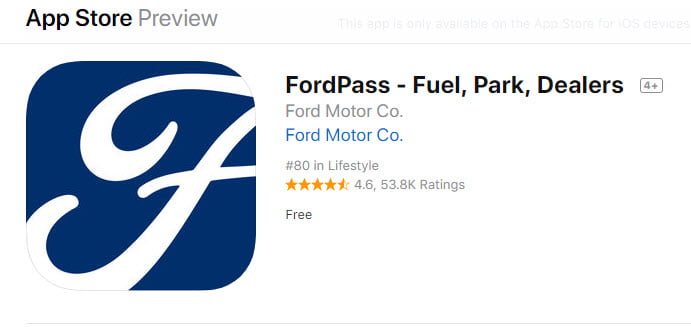
It even allows control of the vehicle remotely (when SYNC Connect is also active).
FordPass app features include;
When using alongside an active SYNC Connect account, the smartphone app also allows;
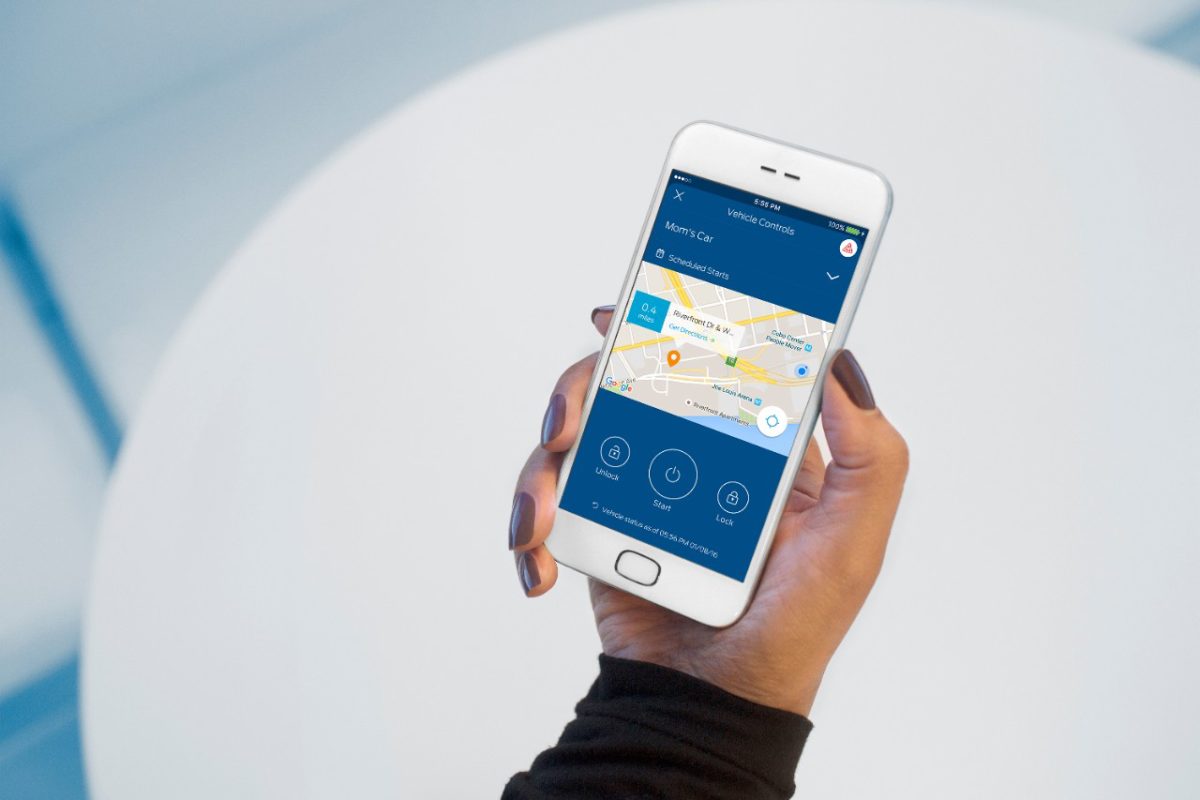
To activate FordPass;
FordPass activation can also be done from the Vehicle Controls card in FordPass.
Sync Connect allows more connectivity between your Ford vehicle and your smartphone. Using a 4G LTE modem in the vehicle, you can; remote start the vehicle from your phone (using FordPass App), set a remote start schedule, check fuel levels, and get vehicle health reports.
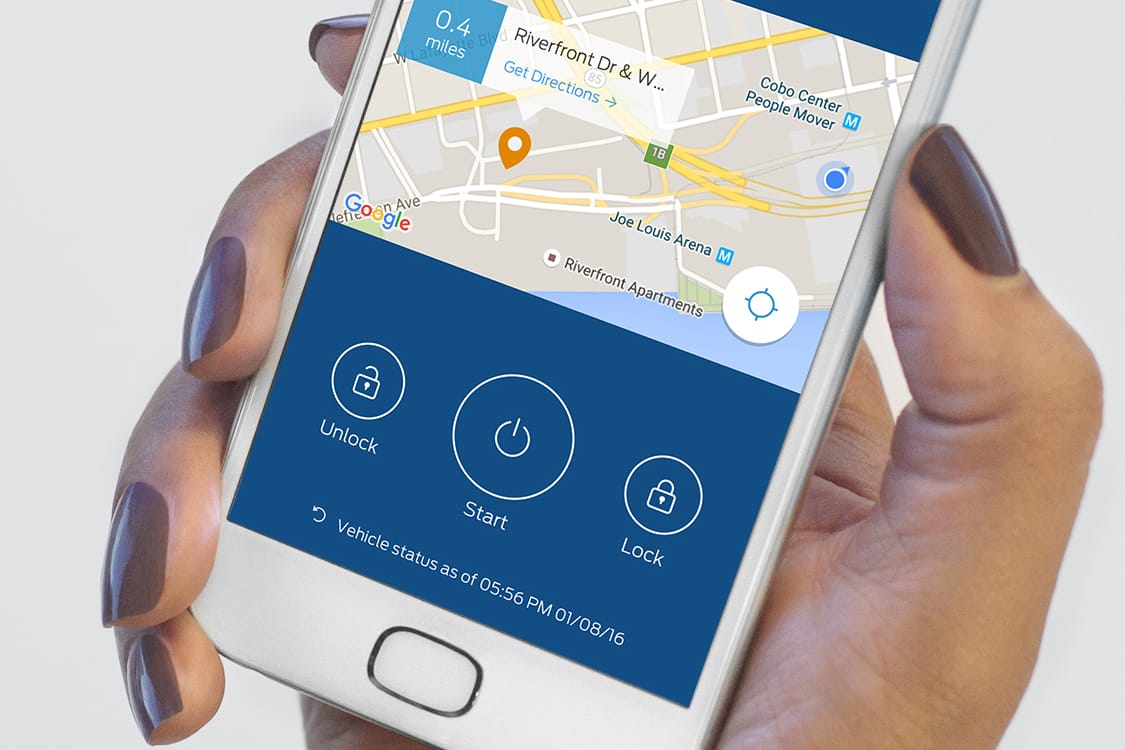
For some 2018 and newer Ford vehicles, you can turn your vehicle into a WiFi hotspot. This allows for connection of up to 10 devices. This WiFi service requires a data package through AT&T.

On WiFi-equipped vehicles, there is a complementary 3GB (or 3 months whichever expires first) trial upon purchase of the vehicle.
Yes. For the first 5 years from the original first sale of the vehicle. For example, if the Sync Connect equipped vehicle is purchased in 2019 the service will be active until 2024.
Sync Connect is available on select 2017 and newer Ford models.
If your vehicle is equipped with For Sync Connect, follow the directions in the video above or read to find out how.
Check here to see if your vehicle is listed.
For more information or help with Ford Pass, contact your preferred Ford dealership, or go to owner.ford.com.
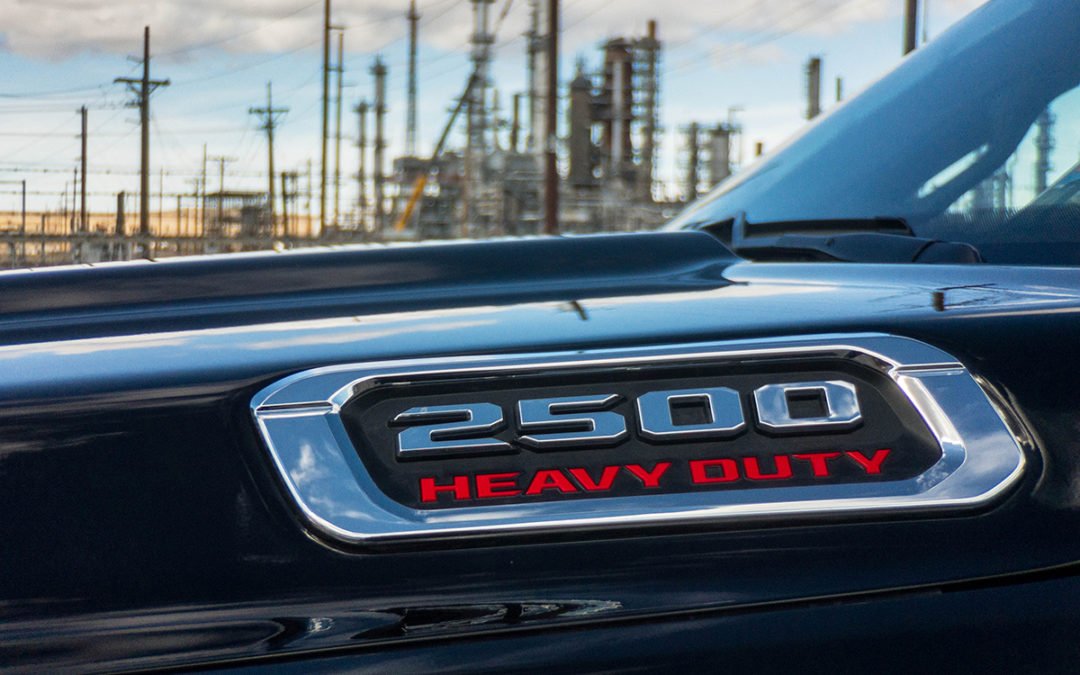
Revealed earlier this year in Jan at the North American International Auto Show, the first 2019 RAM Heavy Duty truck for Fremont Motors arrives today. Stock no. 11D19247.

Pricing became available only 2 weeks ago for the new trucks. The first one of many arrives at Fremont Motor Casper.
What is it you ask and how does it compare to 2018’s?
It’s a…

This 4×4 crew cab in Diamond Black Crystal Pearlcoat comes with the 6.4-liter gasoline engine in a Big Horn trim level. Centre console (5 seats), 3.73 rear axle ratio and 6’4 box.
With cylinder deactivation, variable valve timing, and a new
TorqueFlite eight-speed automatic transmission, the truck is optimized for fuel economy and performance. With over 40 shift maps, the transmission uses shift-by-wire technology.
This new transmission allows for a rotary e-shift dial, allowing more space within the driver cabin area.
This 2019 RAM 2500 comes with a BorgWarner (BW 44-46 ) part-time transfer case allowing electronic shifts.

2019 Heavy Duty RAM trucks feature an all new frame. Reducing overall weight by 143 lbs, the trucks use 98.5% high strength steel, but uses aluminum for the hood and lightweight materials for other parts.
Also new for 2019 RAM Heavy Duty models is active noise cancellation, anti-vibration devices and acoustic glass for a quiet ride.
Newly designed body panels include the bumper, grill, tailgate. Headlight designs also new. The grill is 30% larger grille for maximum airflow. Hood designs are also new and made from aluminum.

Towing capacity can be found by VIN for this particular RAM 2500 (stock no. 11D19247) is 14,190 lbs. Payload is 3,730 lbs.
This particular truck has the snow plow prep package.
The 8.4″ touch screen comes with the latest UConnect 4C NAV on this particular truck, along with a 9-speaker Alpine audio system.
Apple CarPlay and Android Auto are also integrated providing easy smartphone accessibility through apps. Making calls, texting and playing music are a tap away on this 2019 RAM 2500.

Also included is;
Other standard equipment includes; Advanced Multistage Front Airbags Supplemental Front Seat-Mounted Side Airbags Supplemental Side–Curtain Front and Rear Airbags ParkView® Rear Back-Up Camera, 3.73 Axle Ratio, Electronic Stability Control, Electronic Roll Mitigation, Hill Start Assist, Traction Control, Dampened Tailgate and Trailer Sway Damping.

Big Horn trims are middle of the line. The interior is completely redesigned and this truck features premium cloth bucket seats. Front seats are heated and a newly designed center console design has 12 different storage configurations.
For more information or to check delivery dates on 2019 Heavy Duty RAM trucks, contact your local RAM dealer. More should be on the way.
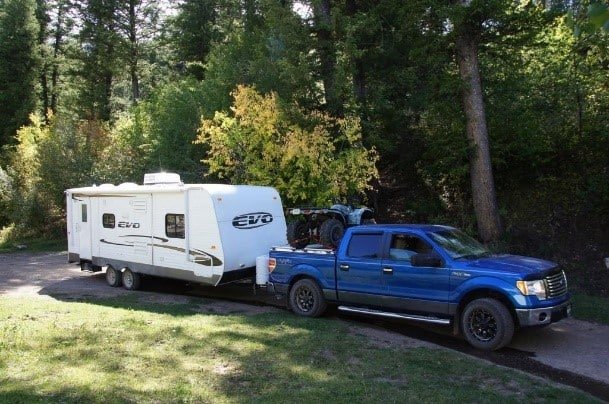
Truck payload and towing capacity—you’ve probably heard these two phrases at some point. Maybe an advertisement for a new Ford Super Duty F-250? Or when a salesman told you the towing capacity of a truck. These two concepts are so common that understandably, many drivers think they mean the same thing. In reality, they’re quite different. Using them interchangeably could even
Read on to get a better understanding of these truck terms and why it is necessary that you know the difference between the two.
Understanding towing capacity isn’t tricky. The meaning of the 2 phrases can be drawn from looking a little deeper at the two individual words.

Truck Payload: Truck payload is all about carrying. Not carrying behind, but carrying inside. Payload refers to the weight of all the extra stuff you might pile into your vehicle or its bed. Whether it’s 500 lbs. of junk you’ve thrown in the backs or the weight of your buddy in the passenger’s seat, if it is inside and not behind the vehicle, we are talking about “Truck Payload”.
Towing Capacity: (pulling something behind) + capacity (max amount) = how much weight a truck can safely pull behind it.
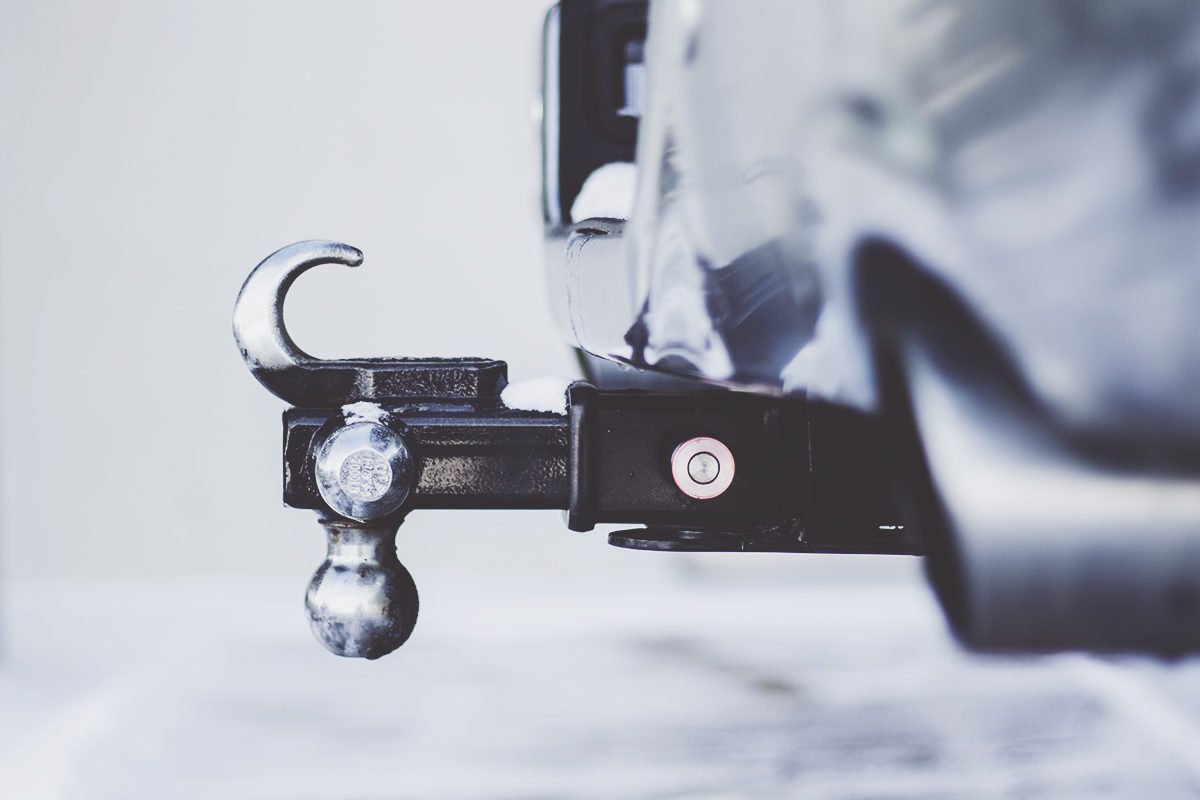
Note: Pulling (behind) is the keyword with this definition.
The reason so many of us confuse the terms truck payload and truck towing capacity is that they are based on the same two things: the truck’s Gross Vehicle Weight Rating (GVWR), suspension, and how durable its frame is.
Also, the word carrying can make things confusing. Technically, when you are towing a load behind your truck, you are ‘carrying’ it. This is why it is important to remember that it is what is inside, not following, that payload refers to. Imagine a mother carrying her child in her arms versus pulling him behind her in a wagon. This is the difference between payload and towing.
Going back to the Ford Super Duty mentioned above. Can you guess the towing capacity of this truck? 21,000 pounds. But what about the truck payload? This number comes in at just 3,550 pounds. Huge difference, right?
Payload vs. Towing makes sense when we go back to the “carry inside” versus “pull” explanation. A mother might have trouble carrying a 30-pound toddler in her arms for a long distance, but pulling him in a wagon wouldn’t be that difficult.
Now that you know the difference, you might be asking, what does it matter? For starters, ignoring either the towing or payload capacity is one of the worst mistakes you can make. Both towing capacities and truck payload limits are set by manufacturers for a specific reason. Staying under the limit stops you from doing serious damage to your vehicle. If you don’t know these limits, how can you prevent these costly mistakes?

Finding your vehicle’s towing capacity is as simple as knowing the VIN. Payload limits can be calculated using simple math. You start with your vehicle’s gross weight rating. Then subtract the curb weight (how much it weighs on its own with nothing extra added). Check out the formula below:
Payload Capacity = Gross vehicle weight rating – curb weight
Voila! Now you know the difference between towing capacity and payload. As well as how much you can carry behind your truck and in its bed. Remember, your vehicle has these limits for a reason, so don’t exceed them.
Recent Comments